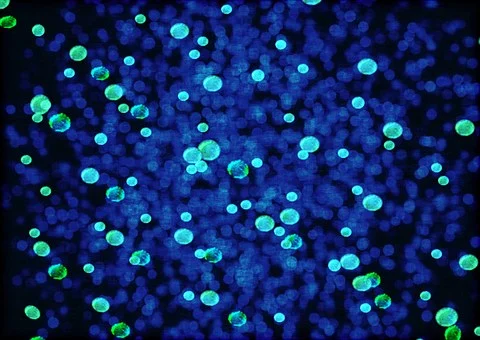During harsh climatic conditions, some bacteria enter a state of dormancy (partially dead) where the life process stops. This allows bacterial cells or spores to protect themselves from extreme pressure, heat and other stressful environmental conditions. When conditions become suitable, dormant spores become active, and the life process starts again. In their attempt to understand how this process works, researchers at the University of California, San Diego, have discovered a new biological phenomenon that allows spores to evaluate the external environment while remaining in the dead state to determine whether the conditions are desirable or not to get back into life.
How do spores break dormancy?
Many bacterial species form spores to survive. These are partially dehydrated cells surrounded by a protective coat which helps them to remain in the dormant state for years and withstand severe weather conditions. They revive by rehydrating and restarting their physiological functions under favourable conditions. However, until now, scientists did not know how spores identify a suitable environment to break dormancy in their “sleep mode”. Interestingly, this study suggests that they use stored electrochemical energy for the purpose.
How did researchers discover this phenomenon?
The biologists tested Bacillus subtilis (bacteria found in the soil and gastrointestinal tract of humans and ruminants) spores under different climatic conditions that weren’t strong enough to trigger any signs of life. They found that spores were able to sense small inputs of climatic changes, and when reached a specific limit, they would break dormancy and resume metabolism.
Using a mathematical model, the scientists discovered that spores use a special mechanism based on changes in potassium ion levels to appraise their surroundings. They spotted that spores released stored potassium ions in response to every small input or signal; and summed consecutive favourable cues to determine if the climates were suitable for the exit.
Image Credits: Pixabay
“The way spores process information is similar to how neurons operate in our brain,” said Gürol Süel, the study author. “In both bacteria and neurons, small and short inputs are added up over time to determine if a threshold is reached. Upon reaching the threshold spores initiate their return to life while neurons fire an action potential to communicate with other neurons. “Interestingly, spores can perform this signal integration without requiring any metabolic energy, while neurons are among the most energy-dependent cells in our bodies.”
Identifying signs of life on meteors
The study suggests how cumulative signalling can help bacteria maintain their numbers and protect their existence by breaking dormancy only in favourable conditions. These findings can help identify signs of life on other planets and objects like meteors.
“This work suggests alternate ways to cope with the potential threat posed by pathogenic spores and has implications for what to expect from extraterrestrial life,” said Süel. “If scientists find life on Mars or Venus, it is likely to be in a dormant state, and we now know that a life form that appears to be completely inert may still be capable of thinking about its next steps.”
The research was published in the journal Science.
To ‘science-up’ your social media feed, follow us on Facebook, Twitter, or Instagram!
Follow us on Medium!




